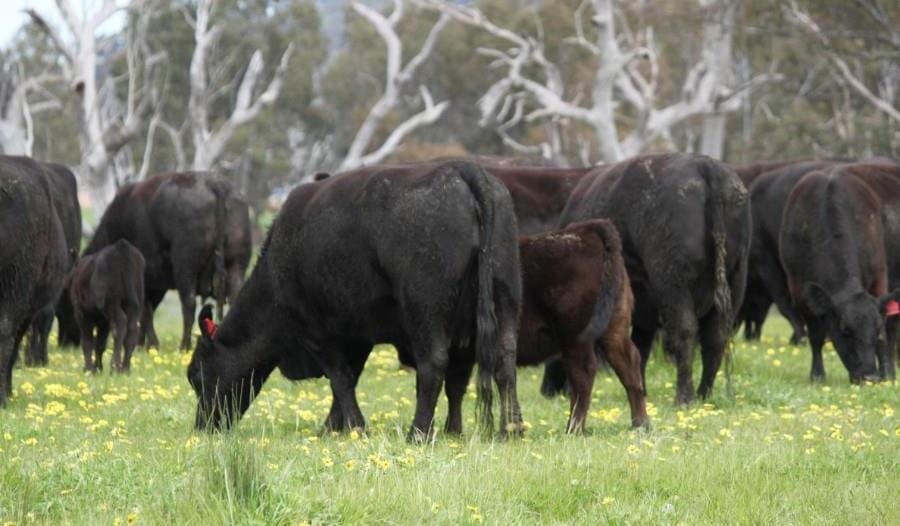
An analysis of Australian Bureau of Statistics data from 2016 and 2021 has been carried out to examine how Australia’s cattle herd is changing at a state, category and Local Government Area level.
MLA’s Market Information team found that during the 2016–2021 period, the number of businesses running cattle increased by 2pc whereas the number of dairy enterprises has dropped by 23pc. Declining heifer numbers in dairy herds indicates a structural move away from dairy cattle in Australia.
Looking at the trends across the dairy and beef industry, significant changes have occurred across the national herd between 2016 to 2021.
According to the ABS, the number of enterprises running cattle has increased 2pc – this is an increase wholly from beef businesses.
Over the 2016–2021 period, the number of businesses running meat cattle increased 4pc while the number of dairy businesses dropped 23pc. This trend could be expected to continue as the number of businesses running dairy heifers fell 27pc between 2016 and 2021, equating to a drop of 83,000 dairy heifers.
Given heifers are the building blocks of a herd, declining heifer numbers indicate a structural move away from dairy cattle in Australia.
In contrast, 5pc more enterprises were running beef heifers between 2016 and 2021 as producers rebuilt their herds post-drought. As a result, there were an extra 1811 businesses running beef cattle in 2021 compared to 2016.
State basis
Total cattle numbers (dairy and beef) rose in all states bar NSW and the NT.
Cattle numbers in Tasmania grew by 20pc, WA by 6pc, Victoria by 3pc and QLD by 2pc. Cattle numbers in SA were unchanged.
The number of total cattle in NSW fell 11pc or 567,446 head. Cattle numbers in the NT were back 23% or 506,668 head. The drop in cattle numbers in NSW was driven by a reduction in cattle businesses, down 3pc or 514 enterprises.
Local Government Area data
On an LGA basis, Toowoomba in southern QLDS saw the greatest increase in absolute cattle numbers – up 51pc or 134,284 head.
The other shires that experienced the greatest growth in absolute numbers were:
- Charters Towers (QLD)
- Livingstone (QLD)
- Derby-West Kimberley (WA)
- Halls Creek (WA).
There were minimal changes in cattle numbers in Hay (NSW), Adelaide Hills (SA) and the Mornington Peninsula (Victoria) – under 100 head change.
The greatest drop in cattle numbers were experienced in:
- Maranoa (QLD)
- Central Highlands (QLD)
- Isaac (QLD)
- Balonne (QLD)
- Warrumbungle Shire (NSW).
All these shires experienced drops of more than 50,000 head, largely as a result of drier conditions (given QLD was the last state to emerge from drought).
Northern Tasmanian towns Waratah-Wynyard and La Trobe saw the greatest percentage increase in the number of cattle run – each running more than ten times the cattle they were in 2016.
In terms of cattle businesses, six shires saw more than 50 net new businesses enter cattle production between 2016 and 2021. These shires were Toowoomba (QLD), South Burnett (QLD), Wangaratta (Victoria), Banana (QLD) and South Gippsland (Victoria).
The five shires experiencing the biggest decline in cattle enterprises were Moira (Victoria), Armidale (NSW), Corangamite (Victoria), Warrumbungle (NSW) and the Snowy Monaro Shire (NSW).
Interestingly in the shires of Corangamite and Armidale, more cattle per enterprise were being run in 2021 – suggesting rationalisation and expansion of existing businesses is more pronounced in these areas.
Source: MLA
